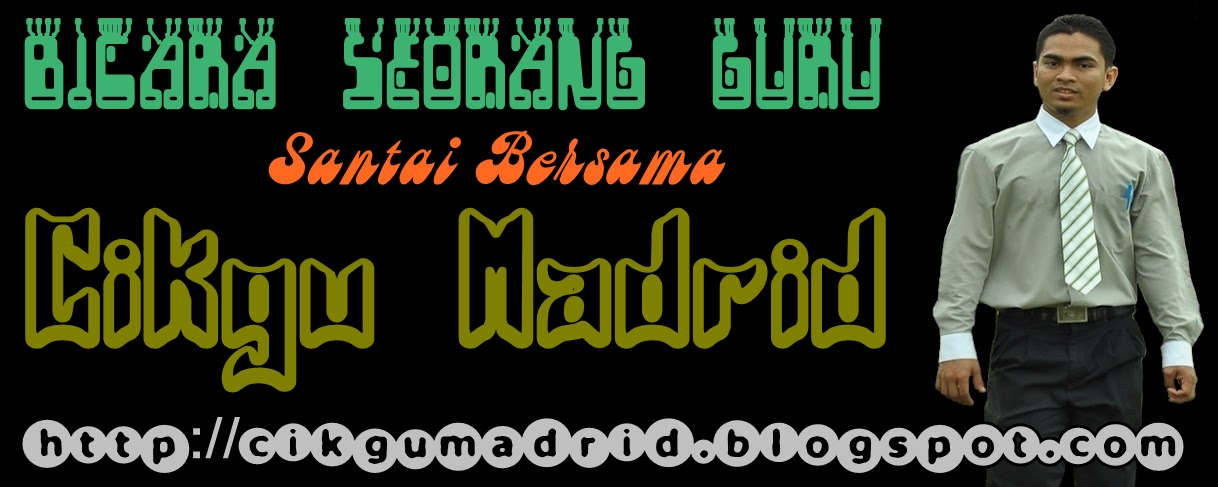INVESTIGATIONS
1. The idea of an Investigation is fundamental both to the study of math and also to the understanding of the ways in which math can
be used to extend knowledge and to solve problems.
2. An investigation is a form of discovery
3. At its best, pupils will define their own problems, set procedures and try to solve them.
4. In the end, it is crucial for the pupils to discuss not only the outcomes of the investigation but also the process pursued in trying to pin down the problem and find answers to the problem.
5. As opposed to the guided discovery lesson where the objectives are clear. An investigation often covers a broad area of math objectives and include activities which may have more than one correct answer
IN DOING INVESTIGATIONS STUDENTS GENERALLY FOLLOW THE FOLLOWING FEATURES:
1. Initial problem
2. Data collection
3. Tabulate or organize the data
4. Making and testing conjectures
5. Try new concept if first conjectures are wrong
6. Attempt to prove a rule
7. Generalization of the rule
8. Suggest new or related problems
More able pupils can develop their creativity doing investigations and can perform all of the above 8 features.Weaker pupils may only be able to carry out the first 3 stages.Investigations are suitable for mixed ability groups
IMPLICATIONS
• Suitable for mixed ability groups
• Promotes creativeness
• Can be intrinsically satisfying to pupils
LIMITATIONS
• Require a high degree of teacher imput
• Can be difficult to fit into the conventional math syllabus
• Can be time consuming







